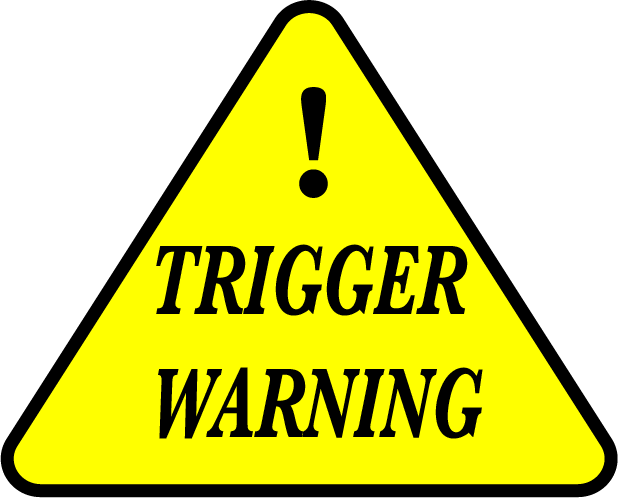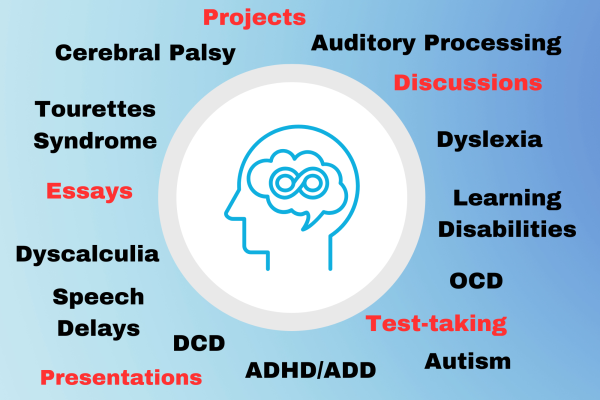Op-Ed: Trigger warnings really do work
Photo credit: Nicki Rosenberg
Debate around trigger warnings has been a prominent subject on college campuses recently. Studies have not come to a definite conclusion as to whether or not they significantly change the reaction to a triggering subject.
From the young lovers’ suicide in Shakespeare’s Romeo and Juliet to graphic violence in William Golding’s Lord of the Flies, students encounter disturbing subject matter throughout their years in Archer classrooms.
These books are read in high schools throughout America, and each serves a purpose in educating the youth about life and writing. But the subject matter within the stories can be triggering to someone who has had a previous traumatic experience. According to the American Psychological Association, a trigger is “a stimulus that elicits a reaction. For example, an event could be a trigger for a memory of past experience and an accompanying state of emotional arousal.”
In my AP Literature course last month, we read a graphic scene in Orwell’s “1984” in which the naked protagonist is violently beaten. The graphic content sparked a conversation about trigger warnings. English teacher Jennifer Dohr made sure that we knew not only what the scene contained but the purpose of the graphic aspects. This trigger warning made my learning experience comfortable and meaningful.
Not all teachers provide trigger warnings like Dohr, but they should. The student-teacher relationship often keeps faculty from knowing whether or not students may be triggered by something discussed in class. And although this is a positive boundary to have, providing a warning removes the assumption that everyone is able to easily discuss a difficult or triggering subject.
In many cases when disturbing or triggering subjects are going to be discussed, teachers, film producers or authors will include a trigger warning. This warning gives people the chance to be aware of the subject matter and lessen the possible negative reactions.
The first episode of “The Politician,” a disturbing teen comedy on Netflix, begins with a trigger warning that states “for those who struggle with their mental health, some elements may be disturbing.” When a character proceeded to commit suicide, I was immensely grateful for the warning.
Rather than diving head-first into a graphic or disturbing scene, a warning allows time for mental preparation and understanding so students can properly experience what they are watching or reading without being triggered.
A 2016 article published by historian Onni Gust wrote in The Guardian ignited the discussion about trigger warnings in many classrooms and states that using trigger warnings helps students “stop for a moment and breathe” during a difficult class discussion. Rather than abandoning the material, a warning “reminds [survivors of abuse] to be particularly aware of the skills and coping strategies they have developed and to switch them on.”
A study published in the Journal of Clinical Psychological Science provided evidence different from Gust’s. The study measured symptoms of distress in 1,394 college students, some who had seen a trigger warning before watching a graphic video and some who had not. This study found that a trigger warning is neither meaningfully helpful nor harmful.
In situations where triggering material is brought up, it is always best to provide a warning as some people in the classroom or any other setting may react negatively without a warning. Although it may not change someone’s encounter with a text or film, everyone’s individual experiences are recognized and their feelings are validated through warning an audience.
While there is not a definite answer in regards to whether or not trigger warnings greatly impact symptoms of distress, they have not been proven to harm people in any way. By warning an audience of a possibly disturbing topic, the teacher or whoever may be presenting the topic is respecting an individual’s prior experiences and creating a comfortable and safe environment for all.

Nicki Rosenberg joined the Oracle in 2017 and was then promoted to Managing Editor as a junior. This year she will continue serving as the Managing Editor...










Nancy Goodstein • Dec 16, 2019 at 8:40 am
I am a mother of an 8th grader in an LAUSD school. I feel this article could help many students and teachers if it can be shared with other educators. It is clearly, responsibly, and compassionately written.